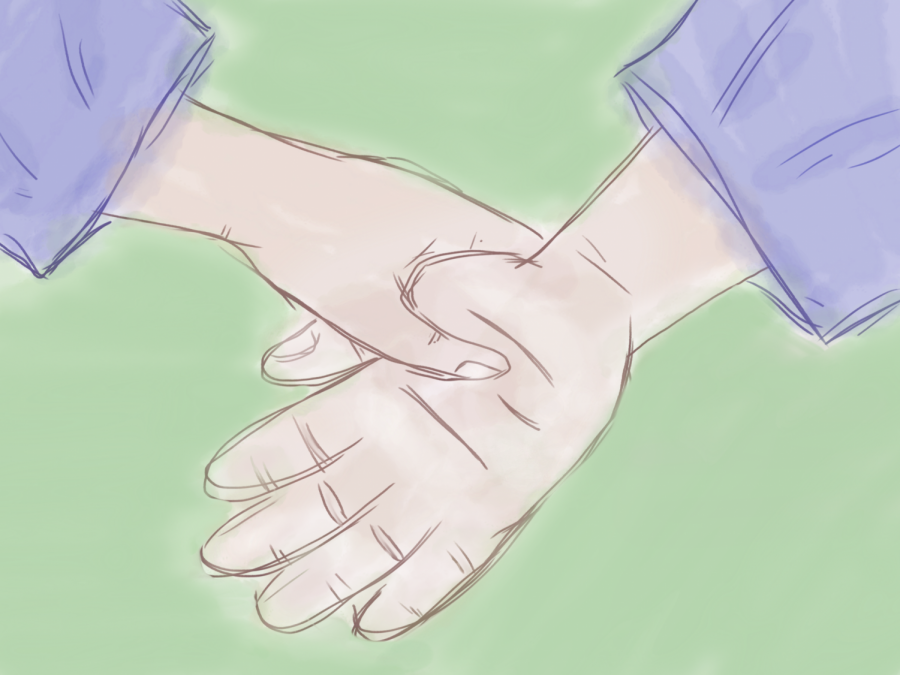How to Relieve Pain Using Acupressure
January 15, 2020
For thousands of years in China, acupressure has applied the same principles as acupuncture to stimulate and promote relaxation and wellness to treat disease. Often called pressure acupuncture, acupressure is typically thought of as simply acupuncture but just without any needles. But what is acupressure, and how exactly does it work?
Acupressure is just one of many Asian bodywork therapies, like medical qigong or the Japanese Shiatsu, with origins in traditional Chinese medicine (TCM), which describes special acupressure points that lie along meridians, or natural pathways, in your body. These are the same pathways and energy meridians as those targeted in acupuncture. In TCM, it is typically believed that through these invisible channels flows vital energy—or a life force called “qi” (pronounced “chi”).
It is also believed that these 12 major meridians connect specific organs or networks of organs, organizing a communication system throughout your body. The meridians begin at your fingertips, connect to your brain, and then link to an organ associated with a certain meridian. According to this theory, illness can occur when one of these meridians is blocked or out of balance.
Acupuncture and acupressure are just two types of TCM that help restore the balance between yin (negative energy) and yang (positive energy) and return your body to a more natural state of well-being. If you’re looking for an alternative way to relieve muscle pain or illness in your body, here are some common acupressure points that you can learn for yourself!
Point LI4: Large Intestine 6 or He Gu
“The first and easiest to find is between the web of the thumb and the first finger,” said Dr. Steve Moreau, Doctor of Oriental Medicine(DOM), AP, a licensed acupuncturist and instructor at the Florida College of Integrative Medicine. Translating to “Joining Valley”, this pressure point is located in the valley between your thumb and index finger, on the highest point of the muscle when the two are held together. To use acupressure on this point, first, locate the point and then apply deep, firm pressure to massage and stimulate the area for four to five seconds. When applying acupressure, remember to relax, breathe deeply, and try to sit or lie down somewhere while doing so. He Gu is clinically used to alleviate stress, facial pain, headaches, toothaches, and neck pain.
Point P6: Pericardium 6 or Nei Guan
Located three finger widths below your wrist on the inner forearm between the two tendons, Nei Guan is commonly used to help relieve nausea, upset stomach, motion sickness, carpal tunnel syndrome, and headaches. To locate the point, turn your hands over so your palm is facing up and then apply downward pressure between the two tendons, massaging and stimulating the area for four to five seconds.
Point GB20: Gallbladder 20 or Feng Chi
Recommended for headaches, migraines, eye blurriness, fatigue, low energy, and cold/flu symptoms, Feng Chi is located by feeling for your mastoid (ear) bone and following the groove to where the neck muscles attach to the skull. After locating the point, apply a deep, firm pressure towards your skull to massage and stimulate the area for four to five seconds. Clasp your hands together and then gently open your palms with your fingers interlocked to form a cup shape, using your thumbs to massage.
Whenever you perform acupressure, make sure to use deep breathing to facilitate muscle relaxation as well as monitor your overall physical posture to reduce unnecessary physical tension.
“These practices can be done several times each day,” Moreau explained, but “you should give your body a break if any points are sore to the touch.” He recommends beginning with light pressure before gradually moving to a firm touch. Although acupressure is a way to cure bodily pains like migraines and muscle pain, feelings of pain like the ones listed above are often caused by tension and stress. It’s important to relax and reduce the stressors in your life, as these kinds of approaches will have the most impact. If you ever have trouble relaxing or self-massaging, you can always ask for help from a family member or friend.

